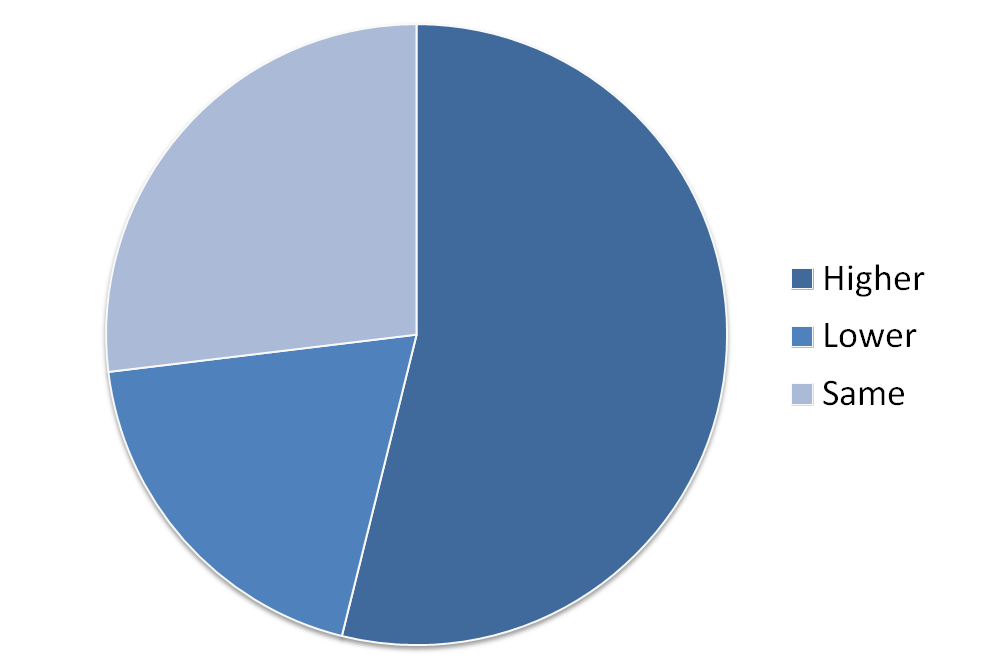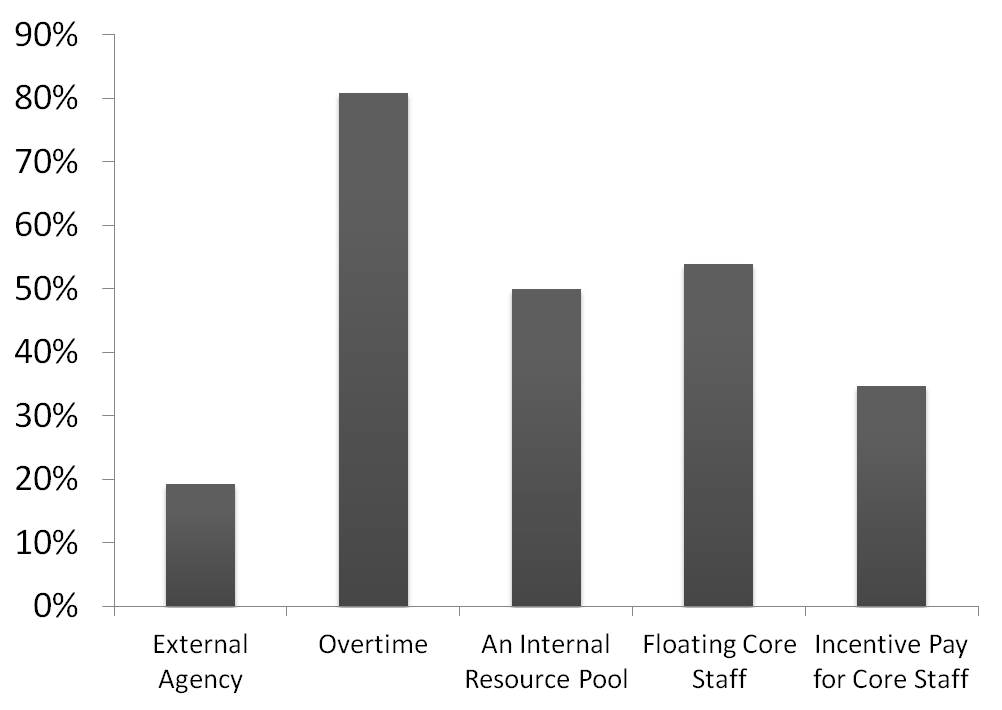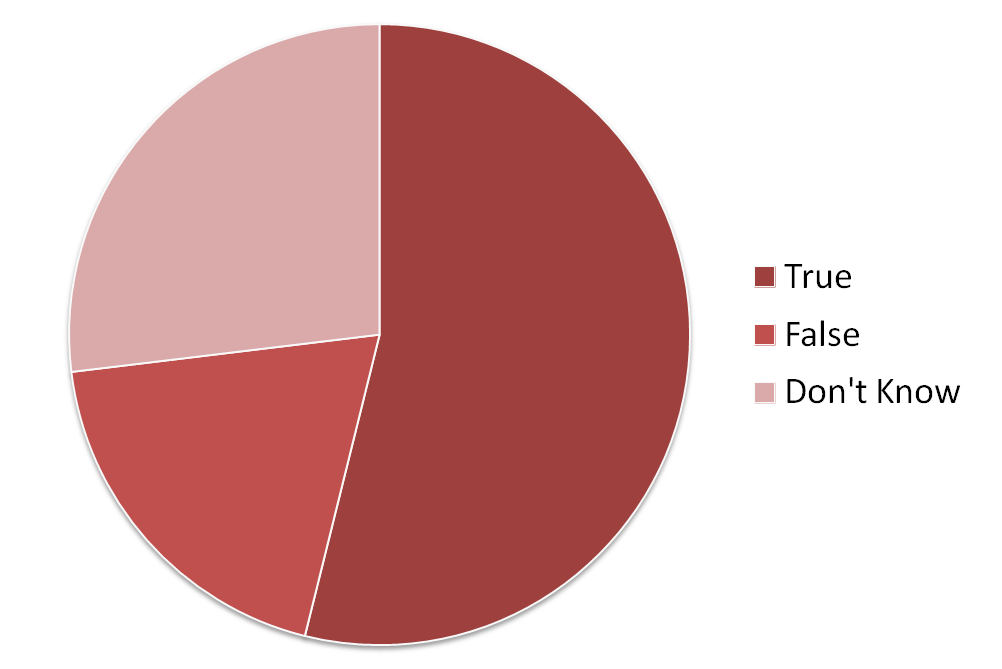At this year’s ANCC National Magnet Conference ® in Orlando, Avantas conducted a brief survey to see what was on the minds of staff nurses and nursing leaders at some of the country’s top hospitals and health systems.
How do staff shortages you are experiencing at this time compare with the previous 4 years?
 More than half of individuals surveyed said they are experiencing greater staffing shortages now than they were over the last four years. Less than twenty percent said they were experiencing fewer staffing shortages. Just over twenty-five percent reported no change.
More than half of individuals surveyed said they are experiencing greater staffing shortages now than they were over the last four years. Less than twenty percent said they were experiencing fewer staffing shortages. Just over twenty-five percent reported no change.
Staffing shortages, for whatever reason (census spikes, high acuity, inaccurate scheduling, staff behaviors, etc.) can generally be avoided beforehand by adopting best practices relative to the creation of schedules, including the use of forecasting methodologies to predict the number of staff you will need on a shift-to-shift basis at the time schedules are generated.
When my unit is short staffed we most often backfill open shifts by utilizing:
 Respondents could select multiple answers to this question. Eight out of ten individuals surveyed said their units utilize overtime, while thirty-five percent offer incentive pay to core staff to fill holes in the schedule. Slightly more than half said they rely on core staff floating while only nineteen percent said they routinely use agency staff. Fifty percent use and internal resource pool.
Respondents could select multiple answers to this question. Eight out of ten individuals surveyed said their units utilize overtime, while thirty-five percent offer incentive pay to core staff to fill holes in the schedule. Slightly more than half said they rely on core staff floating while only nineteen percent said they routinely use agency staff. Fifty percent use and internal resource pool.
None of these methods of filling shifts is wrong, per se, but the rate at which they are occurring is what should be examined. The vast majority of shifts not worked by core staff should be staffed by some form of internal resource pool. In other articles, we have talked about the different types of pools organizations should consider. These pools give organizations the expansion and contraction capabilities to meet fluctuating demand and staff behaviors (PTO, ill calls, etc.), thereby lessening the need for overtime, agency, and core staff floating. Organizations need access to a number of sources of contingency, and this includes agency and core staff working overtime and for incentive pay, however the frequency of use for these sources should be low.
I’m confident that all inpatient nursing units within my organization follow the same set of staffing and scheduling policies.
 The responses to this question were interesting, as several times they we contradictory. Meaning, individuals from the same facility answered the question “true” while others answered “false.” While we do not want to speculate too wildly on this, it does mirror what we typically discover when we begin work with a new client. In virtually all instances, leaders at an organization will believe that their nursing units all follow the same policies. They are surprised by the level of variance between policies and practices we uncover, and how those discrepancies vary unit to unit and shift to shift. These variances, such as the understanding and application of cancelation order, do not seem significant, but when aggregated at the hospital and/or system level, they can amount to a multi-million dollar savings opportunity.
The responses to this question were interesting, as several times they we contradictory. Meaning, individuals from the same facility answered the question “true” while others answered “false.” While we do not want to speculate too wildly on this, it does mirror what we typically discover when we begin work with a new client. In virtually all instances, leaders at an organization will believe that their nursing units all follow the same policies. They are surprised by the level of variance between policies and practices we uncover, and how those discrepancies vary unit to unit and shift to shift. These variances, such as the understanding and application of cancelation order, do not seem significant, but when aggregated at the hospital and/or system level, they can amount to a multi-million dollar savings opportunity.
Comments or questions? Feel free to email me at jackie.larson@avantas.com.

